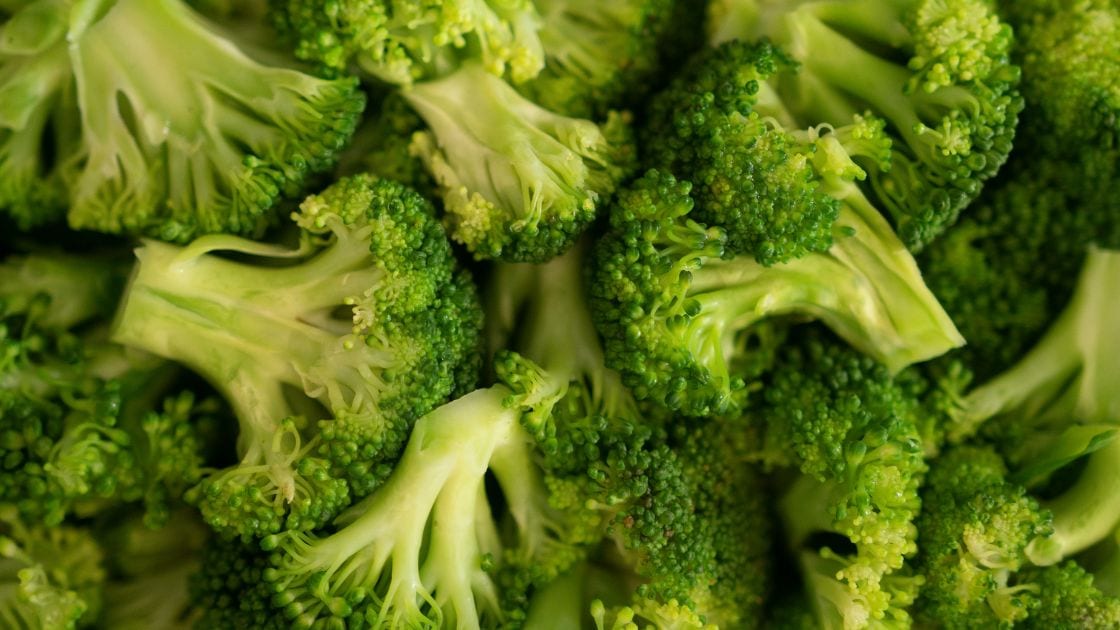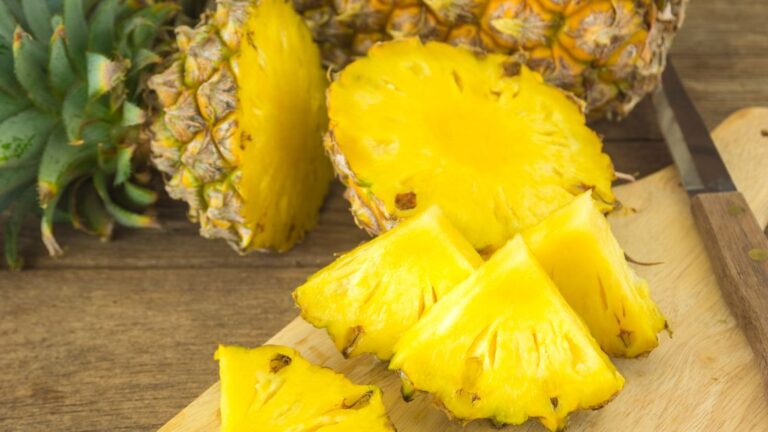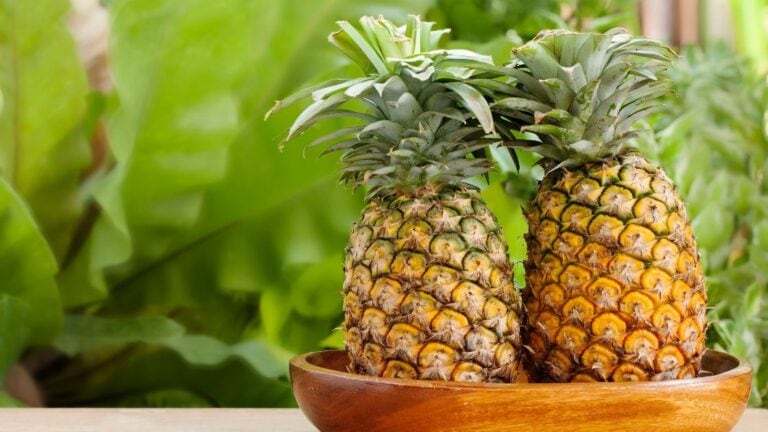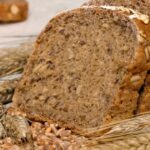- It is high in antioxidants and other nutrients, making it a great addition to an alkaline diet
- It can improve the digestive system and boost the immune system
- It has a slightly acidic pH, but it functions as an alkaline-producing agent
- It is rich in fiber, vitamins, vitamin C, vitamin K, and potassium
- Incorporating them into your diet can increase nutrient content and improve overall health and fitness
Broccoli is a great vegetable to add to an alkaline diet, as it is high in antioxidants and other health-promoting nutrients.
Do you want to learn more about the wonderful health benefits of broccoli and how it can help improve your overall health?
It is especially helpful if you are transitioning to an alkaline diet.
pH levels in food are making health enthusiasts and foodies sit up and pay attention.
We will take a look at some of the health benefits of broccoli, its nutritional content, and how it can benefit your overall well-being if you’re following an alkaline diet.
We’ll also explain how broccoli may help improve your digestive system, boost your immune system, and reduce the risk of many diseases.
Keep reading for a few tasty fresh broccoli recipes – who said that healthy eating has to be boring?
Physical Description
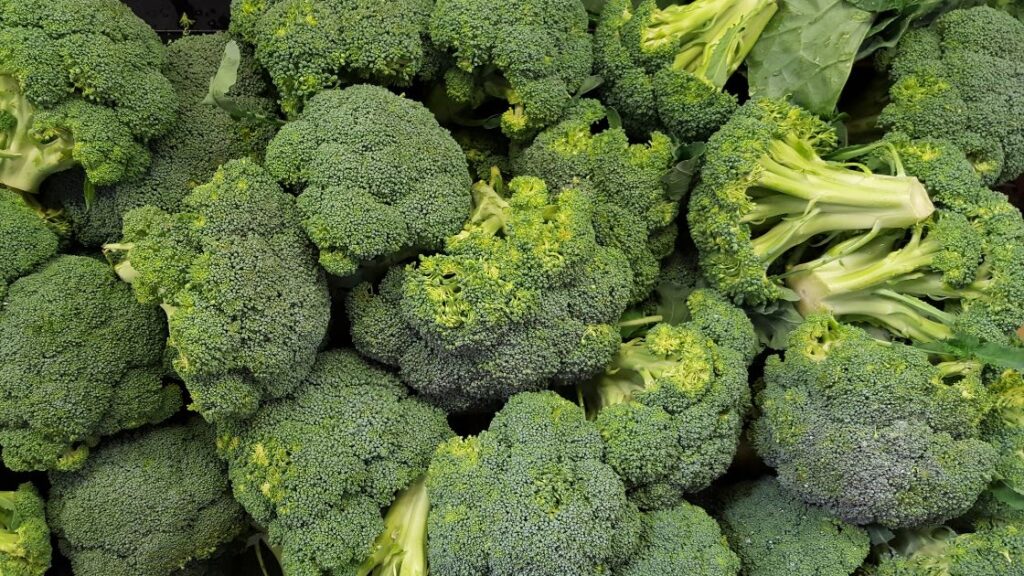
Broccoli, or brassica oleracea, is a medium-sized green or yellow, stalk veggie that grows in clusters of heads, typically weighing 2 to 4 pounds.
The head of broccoli also contains several bright green florets surrounded by tough brown skin.
You can find fresh broccoli in most grocery stores.
Aside from its interesting physical appearance (it resembles miniature trees), broccoli is also delicious!
Its flavor ranges from slightly bitter to slightly sweet, and it has a firm texture like string beans or Brussels sprouts.
History and Production
Broccoli is a cruciferous vegetable that was first found in the Mediterranean region.
It has been cultivated for over 2,000 years and is known for its potent nutrition properties.
Today, broccoli is widely used in many different countries worldwide as part of various meals and dishes.
It can be eaten fresh or cooked and can be served as the main or a side dish.
Roasted broccoli with garlic, for instance, is to die for! (But we will get to the recipe section.)
Here are some interesting facts about broccoli production:
- The plant takes some time to mature – up to two months – so farmers usually harvest immature plants instead of harvesting adults. This reduces losses as a result of pests and diseases.
- The seeds are sowed early in the spring before planting out later in the summer. The seedlings grow rapidly until they reach 2 meters tall by mid-summer, but then growth slows down somewhat because of cooler temperatures at this stage of development.
- Harvesting normally occurs between late August and early October, when crops are ready for processing but still have some green leaves left on them.
A few methods can be used to produce broccoli in the United States.
One method is using greenhouses, which allow for year-round production.
Greenhouse growers can choose between two types of crops – head lettuce or broccoli.
Head lettuce is harvested when the heads reach a size of about 2 inches in diameter, and broccoli is harvested when the plants produce separate florets about 3 inches long.
The key advantage to growing broccoli this way is that it eliminates the need for soil preparation, fertilization, weed control, irrigation, and harvesting.
Another method used by US producers is traditional farming.
Farmers will plant seeds directly into fields at predetermined intervals and then monitor the plants throughout their growth cycle.
Stalks are harvested once they reach maturity and yield much higher than greenhouses.
However, this method has several disadvantages including increased vulnerability to pests and diseases and shorter crop life (due to exposure to direct sunlight).
Ultimately, whichever production model an American producer chooses will depend on various factors such as cost-effective labor availability, climate conditions where the product will be sold, desired freshness level of the product at retail.
What Is the pH Scale?
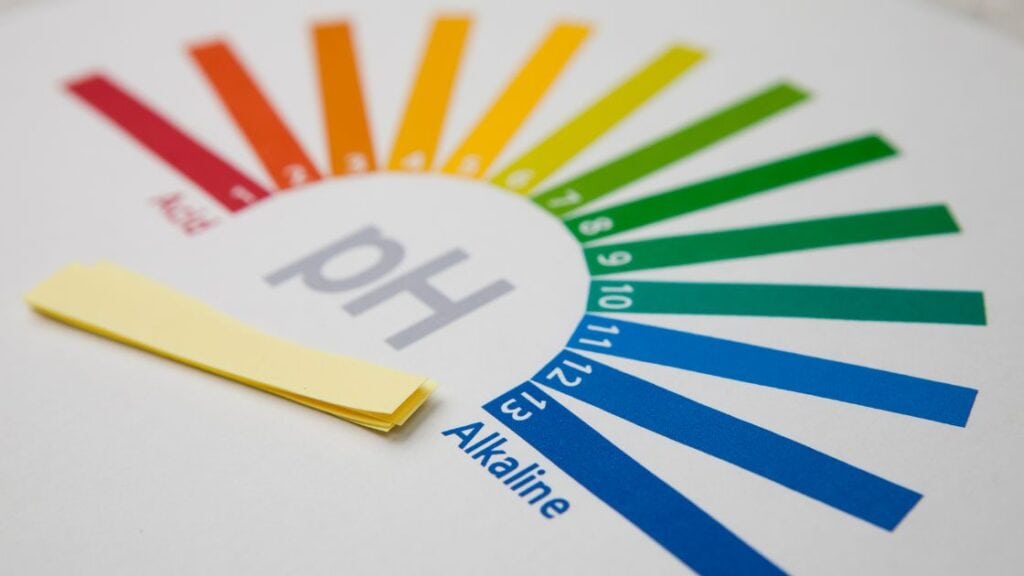
The pH scale measures the acidity or alkalinity of a substance.
The lower the number, the more acidic it is. A lower pH value (5) indicates an increase in acidity, and a higher pH value (7) indicates an increase in alkalinity.
Eating food first goes through your stomach, where gastric juices mix with intestinal secretions to create a chyme slurry.
We know this doesn’t sound very appetizing.
This mixture then enters your small intestine, absorbing nutrients and water from food and minerals like calcium and magnesium.
This can affect its pH level if they are not absorbed well enough according to dietary guidelines.
Foods high in protein and carbohydrates tend to have a higher pH level than those containing fat because gut bacteria quickly digest these nutrients, which produce acids as by-products.
So, when you follow healthy diet guidelines that recommend eating foods at different PH levels, you also ensure efficient absorption of key vitamins & minerals!
Broccoli has a pH of 6.30, which is slightly acidic.
This means that it can help to balance your stomach acids and promote healthy digestion when you follow a high-alkaline diet.
Although broccoli is scientifically labeled as an acidic food, it functions as an alkaline-producing agent within the body.
The alkaline diet is a lifestyle that promotes the consumption of foods that are high in antioxidants and alkalinity.
The idea is that eating more acidic foods may contribute to health problems such as increased inflammation, accelerated aging, and cancer.
On the other hand, consuming food with high levels of antioxidants can help improve your immune system, protect against cell damage caused by free radicals (unstable molecules produced during normal body function), and increase your lifespan.
So why is this type of diet necessary?
The alkaline diet effectively reduces inflammation and manages chronic diseases such as diabetes, heart disease, Crohn’s disease, asthma, Graves’ disease (a thyroid condition), rheumatoid arthritis (RA), and psoriasis.
Many doctors consider it one of the most promising new diets for treating these conditions.
Therefore, if you’re looking for ways to improve your overall health and reduce the risk of developing certain diseases – including cancer – then incorporating an alkaline diet into your lifestyle may be a good option!
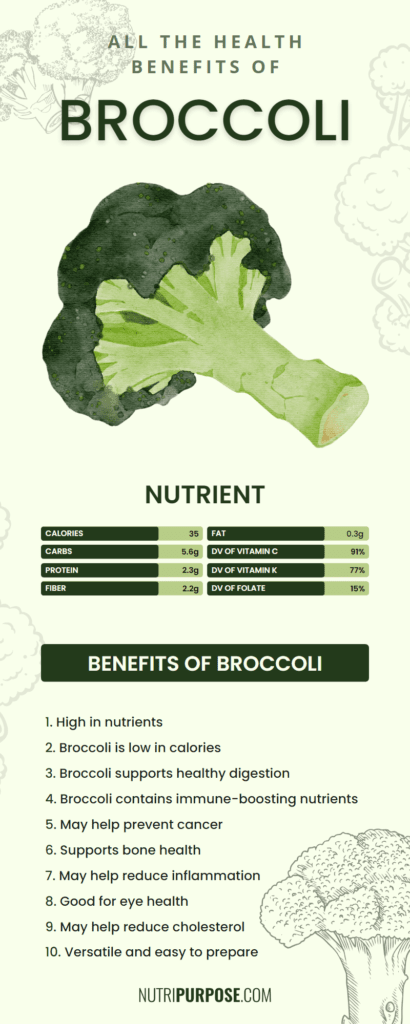
Nutritional Facts About Broccoli Sprout
Like cauliflower, broccoli is rich in fiber and antioxidants, thanks to the numerous compounds found within broccoli: sulforaphane, glucoraphanin, astaxanthin, lignans (such as sitosterol), selenium, and carotenoids (such as beta-carotene).
Some people also believe broccoli can help improve cognitive performance and reverse age-related cognitive decline.
However, there are no guarantees that any of these claims are proven yet, so keep an open mind
Here are some of the most important nutritional facts surrounding broccoli;
- Broccoli is a good source of vitamin C (89,2mg per 100g), essential for maintaining immune function and fighting off infections.
- It also contains vitamin K, which helps to prevent heart disease and osteoporosis.
- It’s high in fiber, which can help regulate blood sugar levels and reduce the risk of obesity and other chronic diseases.
- Antioxidants in broccoli protect your cells from damage caused by free radicals.
- Broccoli is also rich in minerals like phosphorus, potassium, and magnesium.
- So why is broccoli such a good source of nutrients?
- When it comes down to it, all plants are composed mostly of water with varying percentages of carbohydrates, proteins, fats, minerals, vitamins (especially Vitamin C), and so on.
Health Benefits of Broccoli
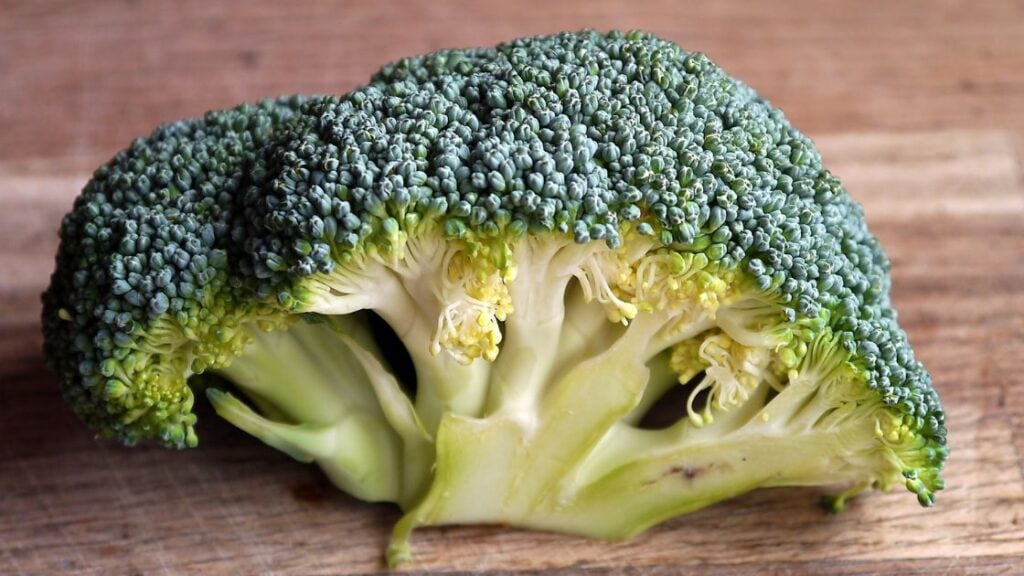
Broccoli is a type of vegetable that is high in both nutritional and medicinal value.
It has been traditionally used in Chinese and Indian medicine for centuries to treat a variety of health problems, including asthma, improve heart health, bone health and eye health, prevent cancer and various other illnesses.
List Benefits
- Broccoli contains high levels of Sulforaphane, which is a compound that can help prevent some types of cancer.
- ·It also contains glucoraphanin, which helps reduce the risk of developing heart disease and stroke.
- It’s filling due to its high levels of dietary fiber, which can help regulate blood sugar levels and reduce the risk of obesity and diabetes.
- It’s also a good source of vitamin C, calcium, iron, magnesium, potassium, and vitamins B1 (thiamin), B2 (riboflavin), B6 (pyridoxine), D (dropsical dilatation tonic) and K (phylloquinone).
Broccoli Recipes
Broccoli recipes that are alkaline and diet-friendly can be delicious and satisfying.
Choose dishes with moderate amounts of cheese, nuts, or seeds to minimize the impact of these foods on your blood pH level.
Additionally, avoid processed or fast food options when possible – these tend to contain high levels of unhealthy ingredients that can upset your balance.
Overall, making simple changes to how you cook broccoli will help you enjoy its health benefits while staying within a healthy dietary range.
When Richard Paul Evans said:
“Nothing heals the soul like chocolate…It’s God’s apology for broccoli”
He obviously didn’t try a proper recipe.
Broccoli Quinoa Pilaf
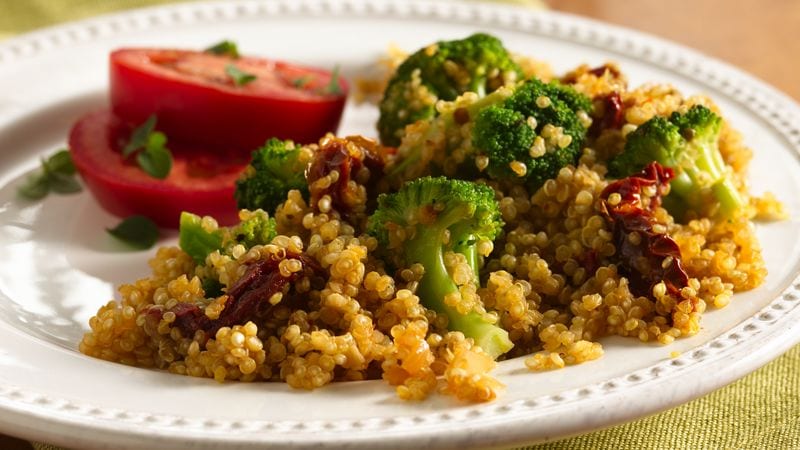
Broccoli Quinoa Pilaf is a healthy and hearty meal that can be easily prepared in just a few minutes.
It features quinoa, broccoli, and garlic as the main ingredients, which are all packed with nutrients and vitamins.
This dish makes an excellent vegetarian or vegan option, and it can be served either hot or cold.
Instructions:
- In a large pot over medium-high heat, cook quinoa according to package instructions until cooked through.
- Add broccoli to the pot while the quinoa is cooking; continue cooking for another 3 minutes until the broccoli is slightly softened but still firm enough to hold its shape.
- Garlic cloves should also be added to the pot at this point; fry them for about 30 seconds until they are fragrant (don’t overcook!).
- Once both vegetables have been cooked through, add salt and pepper to taste if desired before serving warm or chilled.
Broccoli Salad with Tahini Dressing
Looking for a delicious, healthy broccoli salad that will tickle your taste buds?
This recipe is easy to follow and requires only a few ingredients, including one head of broccoli, one red onion (diced), three tablespoons of tahini sauce, two tablespoons rice vinegar, one tablespoon of honey or agave nectar, salt and pepper.
Instructions:
- Mix the tahini sauce, rice vinegar, honey or agave nectar, and salt and pepper in a large bowl to taste.
- Add in the broccoli sprouts and onions.
- Gently toss everything together until everything is coated with the dressing.
- Serve cold or at room temperature as desired.
Conclusion
Broccoli is a great addition to an alkaline diet, as it contains vitamins and minerals.
And let’s not forget that it is a potent antioxidant powerhouse that can help improve your health and well-being.
By incorporating broccoli into your diet, you can increase the overall nutrient content and improve your overall health and fitness
Since broccoli is one of the most nutritious vegetables for alkaline diets, it can be consumed daily together with other vegetables (especially leafy green like kale) with alkaline properties.
